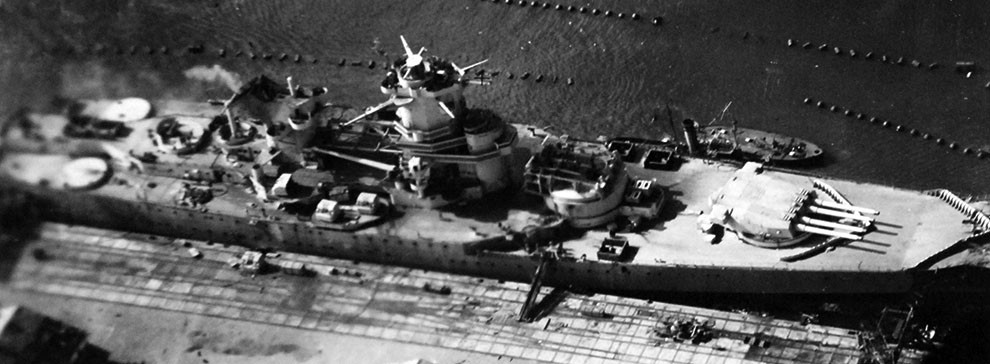
Operation Torch: November 1942
1942: November 8: Operation Torch
To open a second front on the Axis powers, the Allies chose an invasion on French North Africa. The Allied Naval Force was commanded by Admiral Sir Andrew B. Cunningham, RN. The Vichy French forces were commanded by Admiral Felix Michelier. The three key landing locations each had a separate task force. The Western Task Force (mainly U.S. forces were commanded by Major General George S. Patton, USA, with Task Force 34, Rear Admiral Henry K. Hewitt, USN) landed at Casablanca. The Center Task Force (U.S. Army units were commanded by Major General Lloyd Frendall, USA, with naval forces commanded by Royal Navy Commodore Thomas Troubridge) landed at Oran. The Eastern Task Force (mainly British units were commanded by Major General Chares W. Ryder, USA, and naval forces were commanded by Royal Navy Vice-Admiral Sir Harold Burrough) landed at Algiers. U.S. Navy aircraft carrier support was provided by Rear Admiral "Ike" Griffen's Covering Group, USS Ranger (CV-4) and USS Suwannee (CVL-27). Local French resistence was fierce, but short, and an armistice was signed on November 11. The Center Task Force encountered more severe resistence ashore than the Eastern or Western Forces. Joint planning by Army and Navy staffs worked in tandem to ensure the success of the operation. This ambitious trans-oceanic amphibious operation gave the Allies a base for future operations. In six more months, all of North Africa would be cleared of Axis forces, opening the way for the invasion of Italy and ensuring the decision was right for the Allies to take the bold move against the Axis powers.
Image: 80-G-37194: Operation Torch, Invasion of North Africa, November 1942. French battleship Jean Bart shown damaged while at Casablanca following the French surrender on November 11. Aerial photograph taken by aircraft from USS Ranger (CV-4). Official U.S. Navy photograph, now in the collections of the National Archives. (2014/04/03).



